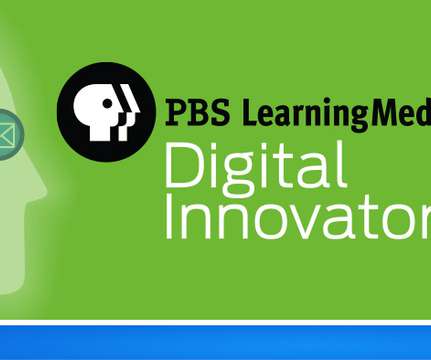The pandemic’s remote learning legacy: A lot worth keeping
The Hechinger Report
MARCH 17, 2021
As districts across the United States consider how to get student learning back on track and fortify parent interest in public schools, they’re asking the same question as Steve Joel: What should we keep after the pandemic? Federal funds help narrow the digital divide. This story also appeared in The Christian Science Monitor.















Let's personalize your content